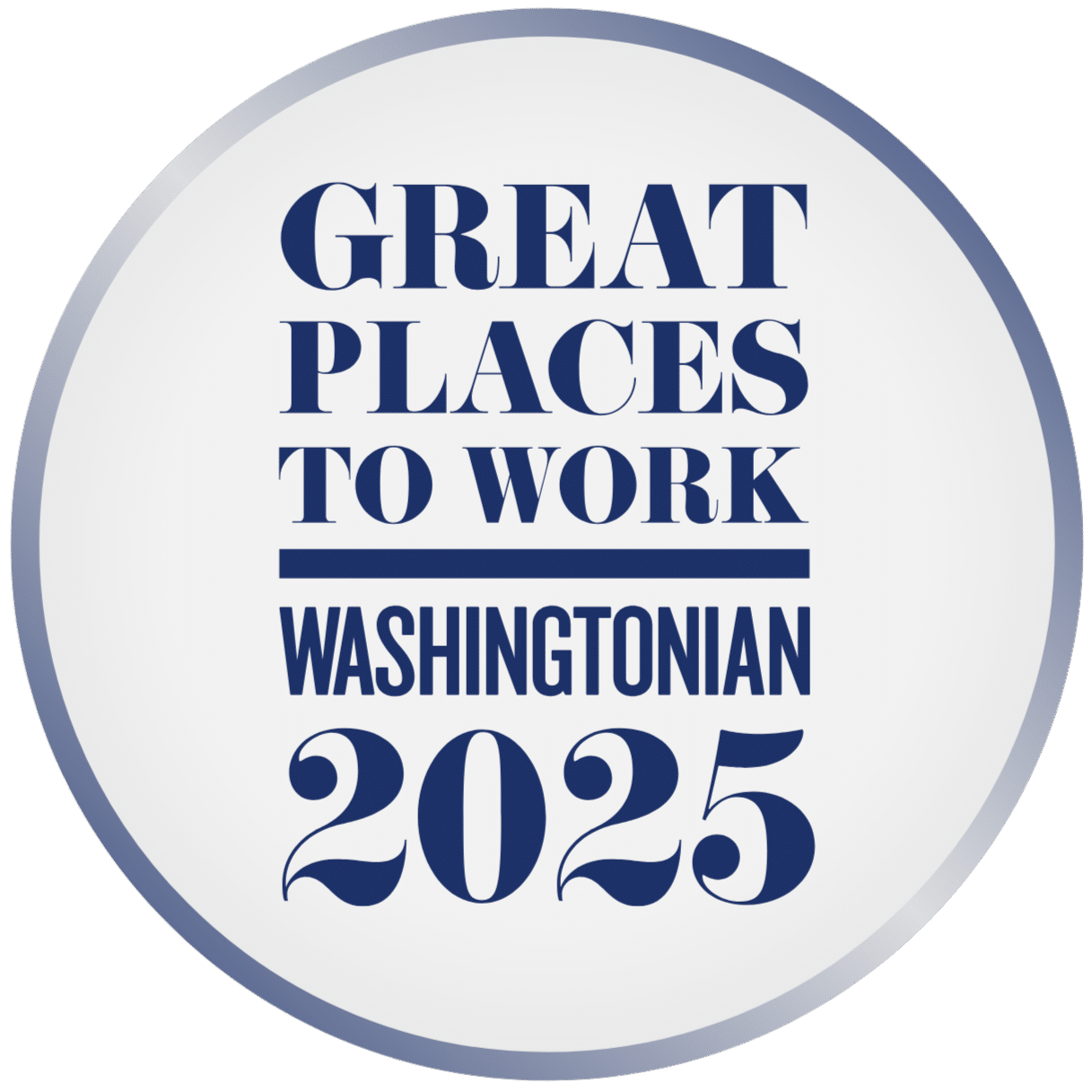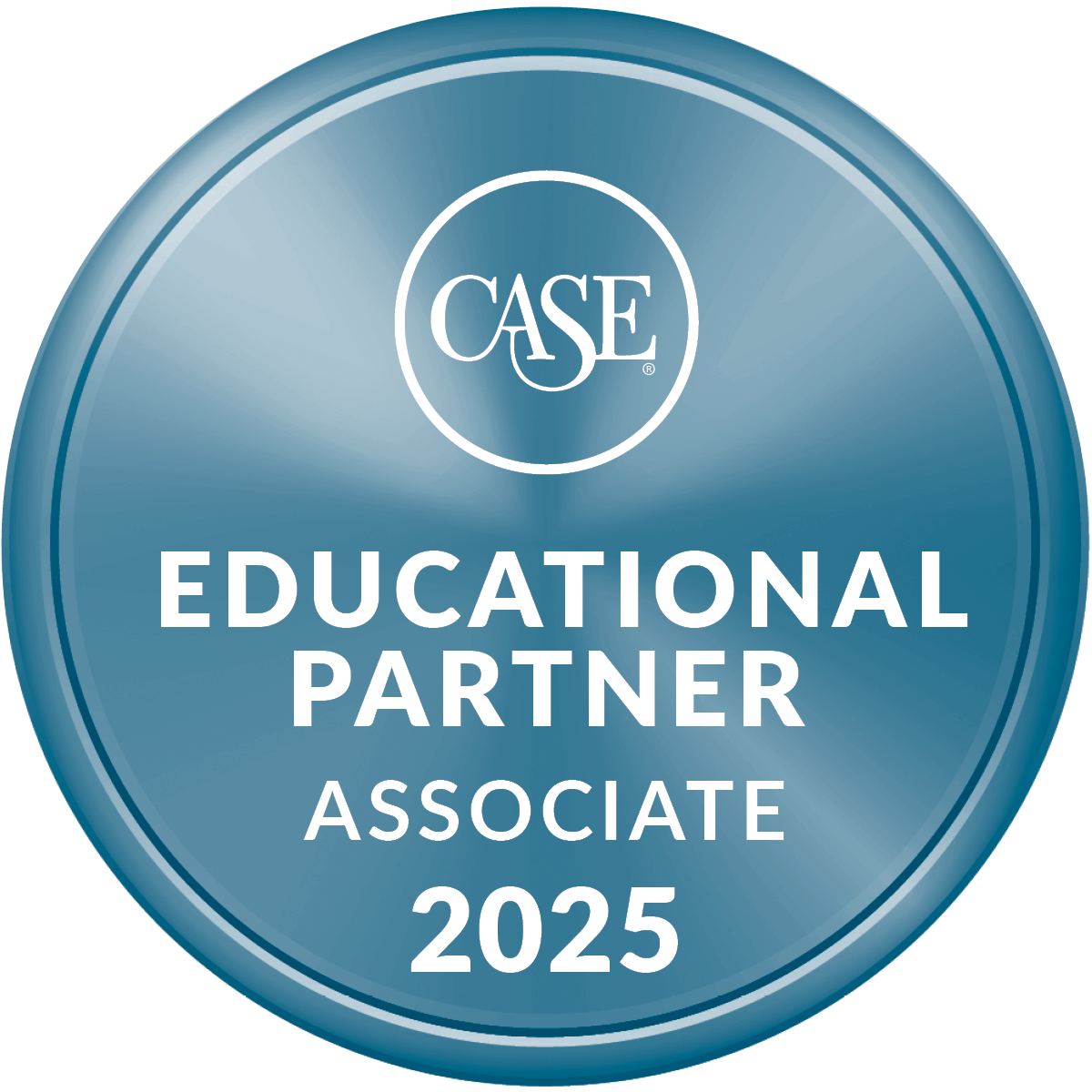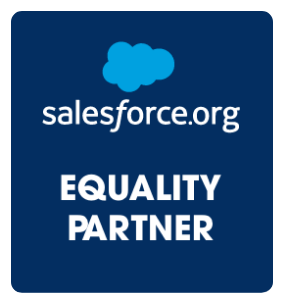
Gil Tran, Senior Specialist Leader and OMB Emeritus, shares his take on the evolving Indirect Cost Rate cap policies
Remember Freaky Friday, that early 2000s movie where a mom and her teenage daughter swap bodies thanks to a magical fortune cookie? Chaos, comedy, and life lessons ensue. Since January 20, 2025, the research community has had its own version of Freaky Friday—minus the magic, plus a lot more stress and anxiety.
On not one, not two, but three different Fridays, major federal agencies dropped surprise policies capping indirect cost rates at a flat 15%, leaving all grant recipients, especially universities, scrambling.
Let’s recap the Freaky Friday: Rate Caps trilogy so far:
Friday, February 7
NIH caps indirect cost rates at 15%
Friday, April 11
DOE follows with similar policy
Friday, May 2
NSF announces matching cap
Episode 1: NIH (Friday, February 7)
The National Institutes of Health (NIH) implemented a standard indirect rate of 15% across all NIH grants for indirect costs in lieu of a separately negotiated rate, impacting all new NIH grants, as well as existing NIH grants for institutions of higher education (IHEs).
Episode 2: DOE (Friday, April 11)
The Department of Energy (DOE) followed up with its own policy flash, applying the same cap to IHEs and threatening to terminate non-compliant current awards.
Episode 3: NSF (Friday, May 2)
And now, the National Science Foundation (NSF) has issued a 15% cap, effective May 5, which applies to new awards (even if proposals were submitted under approved negotiated rates).
Same, Same, but Different
The three methods used by the agencies to implement the capped rates are similar but also have some differences. Let’s just say, the methods are “same, same, but different.”
First, different instruments were used by the agencies to implement the change.
- NIH used its well-known and widely shared “NOT” notice to announce the rate cap.
- DOE used its Policy Flash (which DOE itself notes is not considered “binding or final agency action”).
- NSF published the update on its website and linked it to an updated policy notice.
Second, the scope of applicability varies across the three agencies.
- NIH applies the cap rate to all new awards for all recipients, but also retroactively to all current awards for IHEs, which include colleges and universities.
- DOE applies the cap only to the IHEs but includes a provision to terminate any current awards that do not comply with the new rules.
- NSF applies the cap only to new awards made after May 5, but this includes awards made based on applications submitted under previously negotiated rates. (Policy Notice: Implementation of Standard 15% Indirect Cost Rate | NSF – National Science Foundation)
Let the Law Decide
Lawsuits and subsequent hearings have been filed against both the NIH and DOE policies. A final and permanent injunction has been issued against NIH’s policy, while DEO’s policy is currently under a temporary restraining order (TRO). NIH has not yet filed an appeal but is expected to do so. DOE is awaiting the judge’s decision, expected by May 29, on whether a preliminary injunction will be granted.
In the case of the NSF, the Association of American Universities (AAU), the Association of Public and Land-Grant Universities (APLU), the American Council on Education (ACE), and 13 research universities (including: MIT, Cornell University, Princeton University, University of Chicago, and the University of Illinois, among others) filed a lawsuit on May 5 seeking a temporary restraining order against the policy, which took effect the same day. While the lawsuit cites similar arguments made in the NIH and DOE cases, it also introduces two additional grounds for objection:
- The NSF policy violates Congressional intent regarding the “actual reimbursement of indirect costs,” referencing a 1962 discussion of “predetermined fixed percentage rates.”
- NSF is violating its own policy prohibiting mandatory cost sharing on its grants. Capping the rate at 15% would, in effect, require recipients to share the indirect costs.
In addition, among the seven areas labeled “arbitrary and capricious,” the lawsuit asserts that the policy fails to achieve any of the stated objectives outlined in the policy notice:
- “Reduce administrative burdens” – Not true, as negotiated rates are still required for awards from other agencies.
- “Ensure consistent treatment” – Not true, since a single flat rate creates inconsistent recovery ratios for schools with diverse research portfolios and with other non-university recipients (where the cap is not implemented).
- “More dollars allocated to direct research costs” – Not true, as indirect costs are necessary components of total allowable research costs.
- “Align with common federal benchmark” – Not true. If the noted benchmark refers to the 15% de-minimus rate, that rate does not require any documentation, unlike the proposed cap.
As of May 6, we are awaiting the “Prayer of Relief” requested by the lawsuit with the hope of a quick decision from the judge.
Meanwhile, it has been announced that Freakier Friday, a sequel to the original movie, will be released in theaters on August 5, 2025. It is already generating a lot of buzz and promises to reunite the same cast and explore similar fun plot lines. Unfortunately, as a member of the research community—having endured the same cap drama on three Fridays—I can say that this is one Freaky Friday: Rate Cap sequel that I’m not eager to watch.
What’s Next?
I wish I could answer that question. I can promise that Attain Partners will continue to monitor the legal and policy developments related to the indirect cost cap, as well as other grant policy changes. We will provide regular updates to assist you during these challenging times. In the meantime, please check out our other helpful resources on this topic.

About the Author

Gil Tran is Senior Specialist Leader, Grants Management at Attain Partners. Previously, he served as a Senior Policy Analyst with the Office of Management and Budget (OMB), Office of Federal Financial Management (OFFM).
A 27-year veteran of OMB, Gil has often served as a go-to field expert and is a sought-after presenter who has earned a reputation as a source of knowledge and an engaging industry speaker. Among his contributions in shaping the financial assistance landscape for future generations are: helping reduce the audit burden for both auditees and federal government oversight agencies; playing an integral role in the development of the Uniform Grant Guidance (UGG) and consolidating cost principles in the guidance; and, in 2005, leading the development of the first-ever government-wide waiver to provide relief to grantees caused by natural disasters.
Gil’s professional contributions have been recognized with several awards including the OMB Robert Damus Award, the National Grants Management Association (NGMA) Newton Award, and the Association of Government Accountants (AGA) Frank Greathouse Distinguished Leadership Award all in 2022 as well as the National College and University Research Administrators Association (NCURA) Joseph F. Carrabino Award in 2015. He is widely recognized as an outstanding leader in the grants management field. Gil received a Bachelor of Science degree in accounting from George Mason University, Virginia. He is a Certified Public Accountant and a member of the American Institute of Certified Public Accountants. Additionally, he chaired the Diversity Committee for the U.S. Tennis Association (Mid–Atlantic Section).













